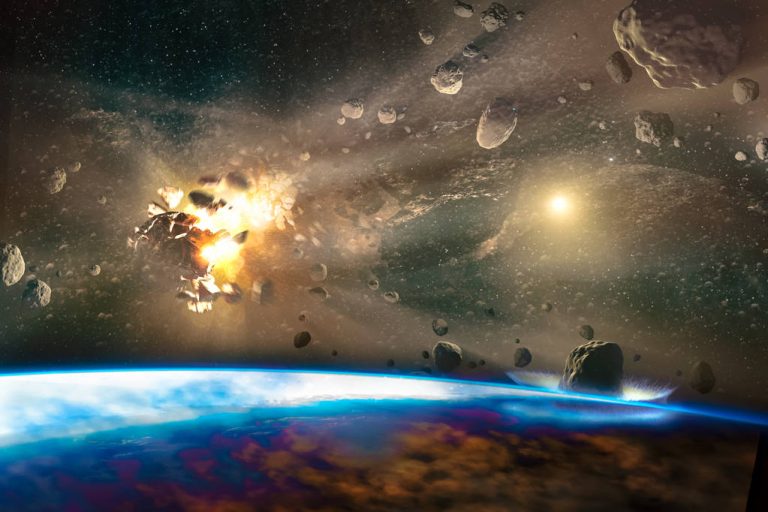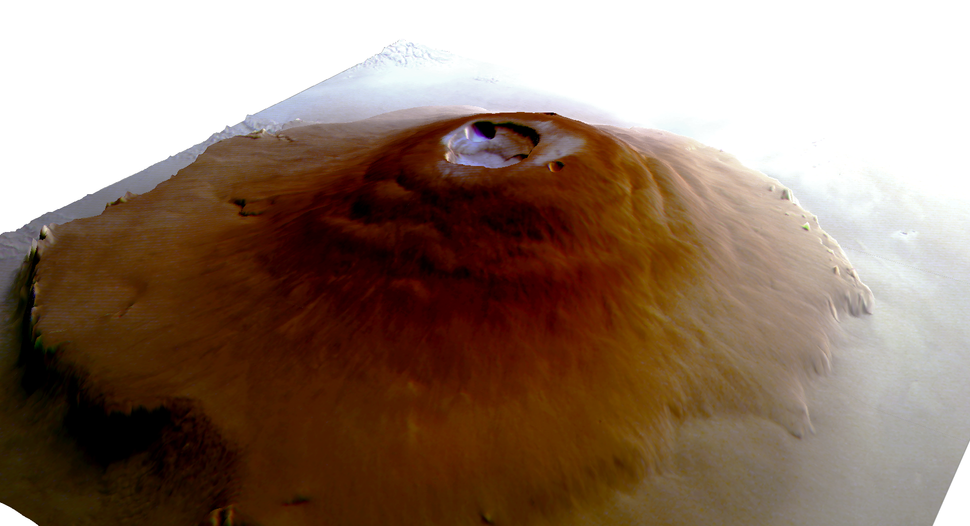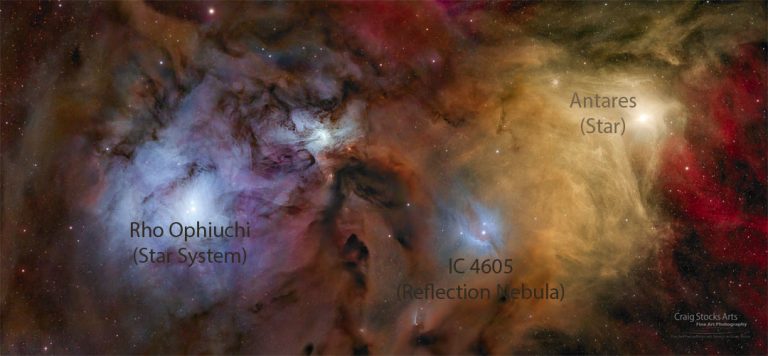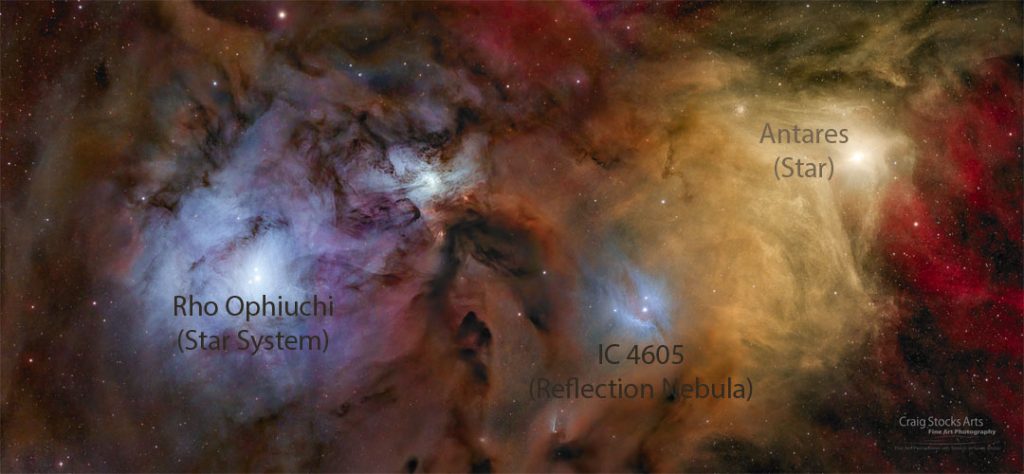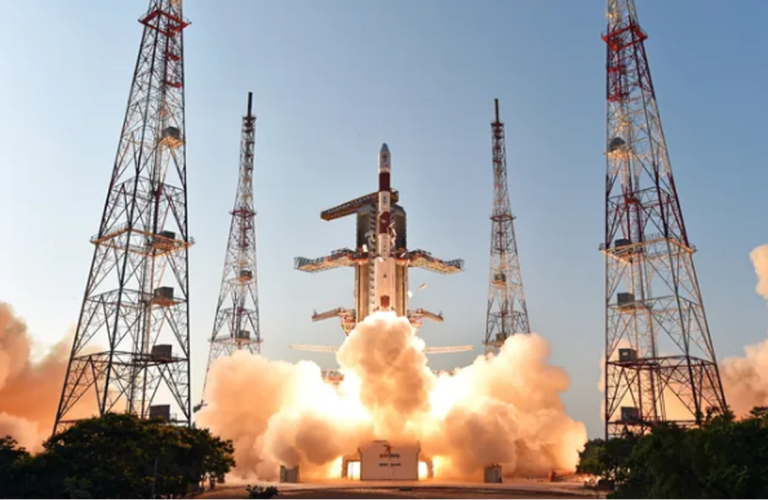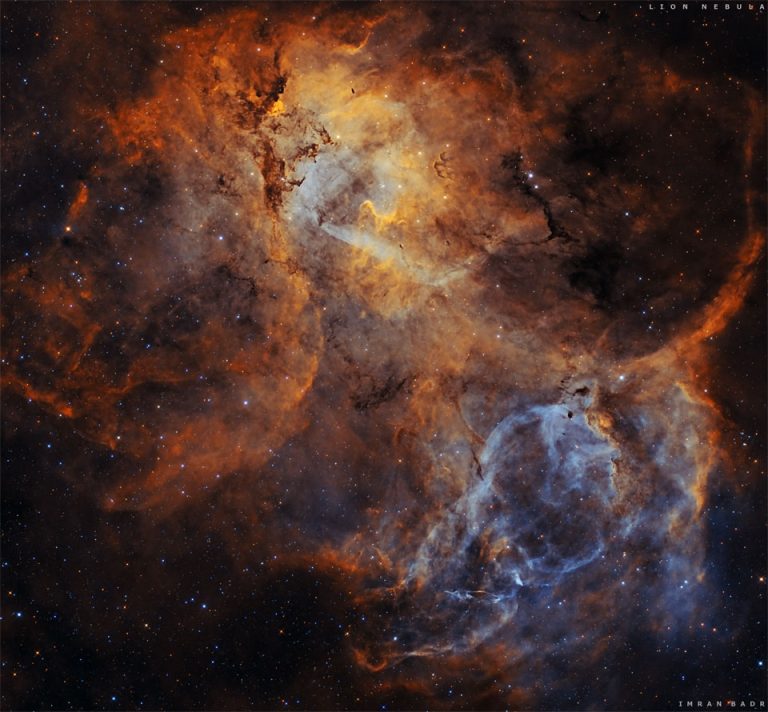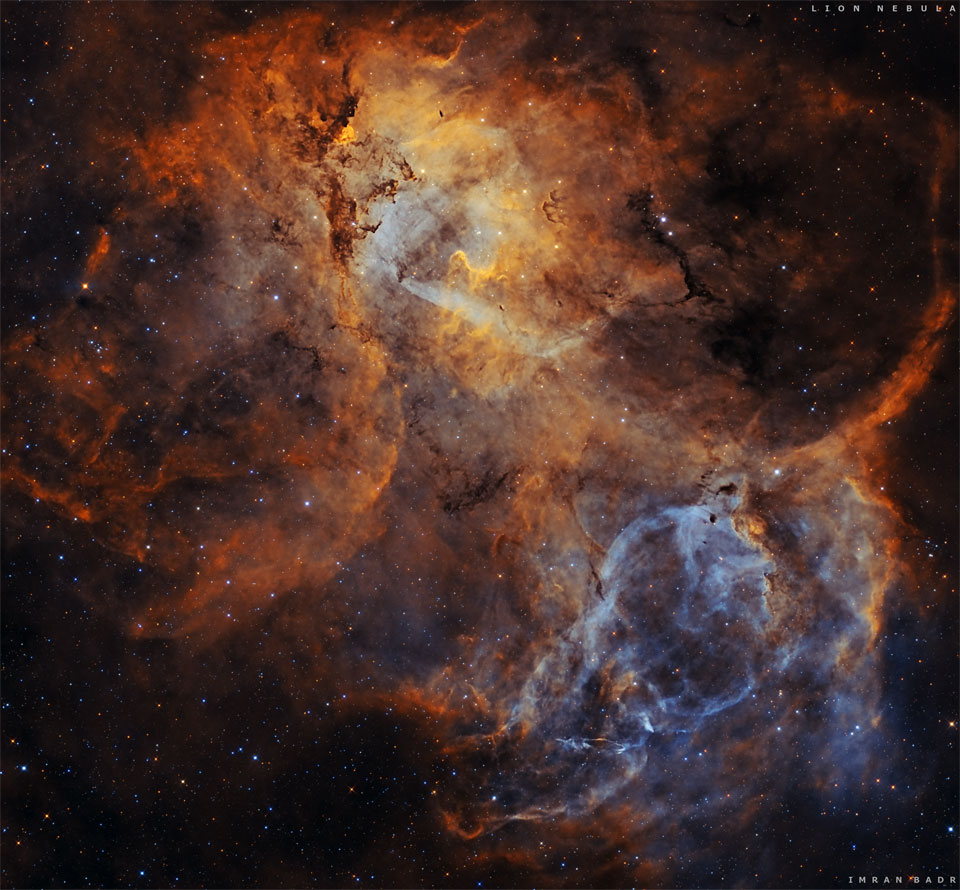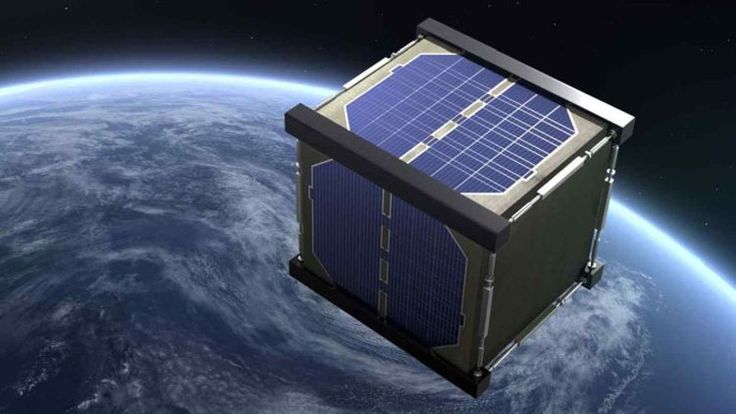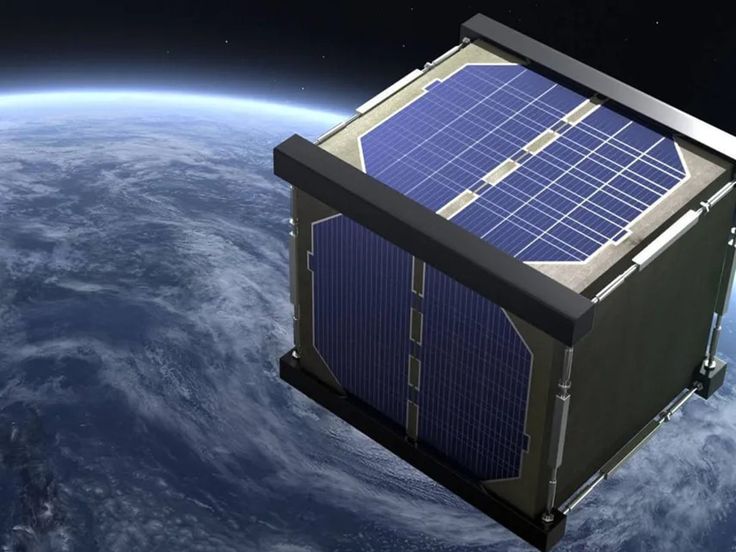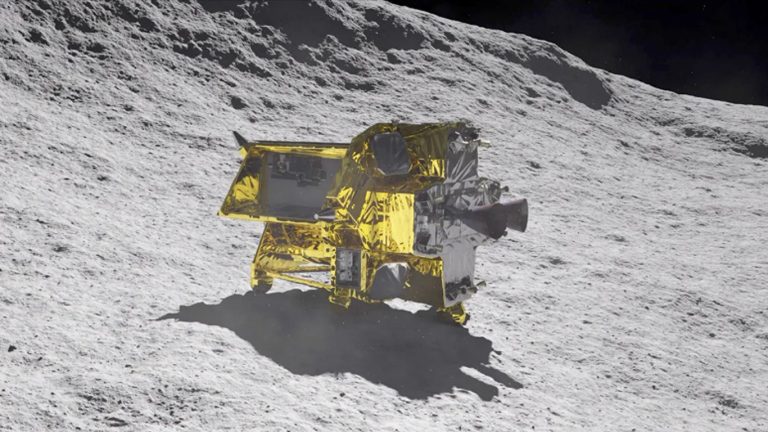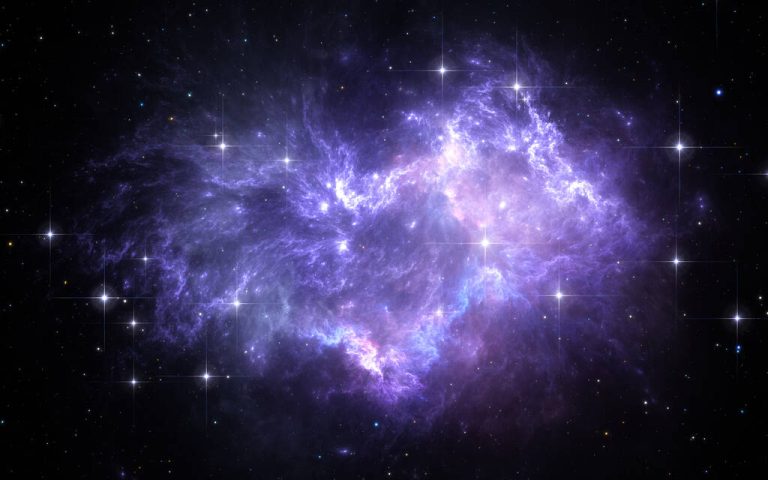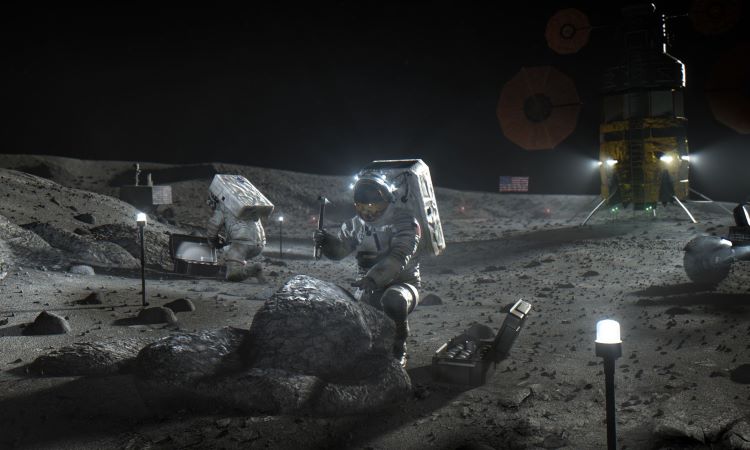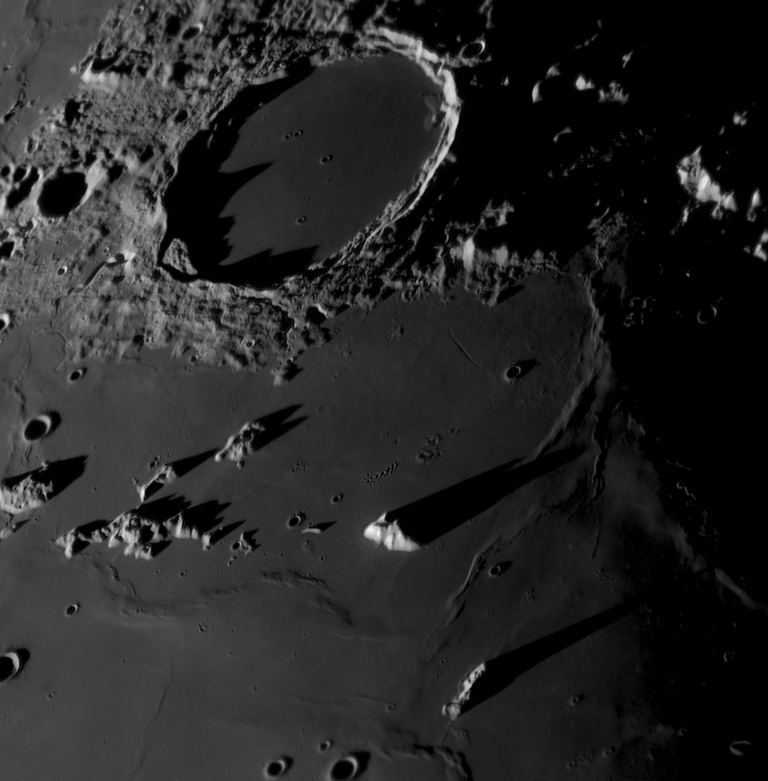Asteroids Hitting the Earth: Searching for 10 Million Near-Earth Threats Every Year
Key Takeaway
The Sutter Ultra project by Trans Astronautics Corp (TransAstra) aims to revolutionize our understanding of near-Earth asteroids (NEAs). With the potential to discover 10 million asteroids annually, this ambitious initiative seeks to reduce the threat of NEAs while also providing valuable resources for future space exploration.
Summary
- Project Overview: Sutter Ultra aims to detect 10 million near-Earth asteroids annually.
- Current NEA Data: Approximately 34,000 NEAs have been identified to date.
- Estimated NEAs: Scientists estimate up to 1 billion NEAs larger than a modern car exist near Earth.
- Project Funding: Funded by NASA’s Institute for Advanced Concepts with a Phase II grant.
- Technological Challenges: Detection issues due to the brightness and speed of asteroids.
- Sutter Ultra’s Innovation: Utilizes three spacecraft with over 100 telescopes each in a heliocentric pseudo geocentric distant retrograde orbit.
- Algorithm Advantage: Superior tracking algorithm designed by TransAstra.
- Impact Potential: Project could significantly enhance asteroid tracking and space debris management.
- Cost and Phases: Estimated cost of $400 million, with a phased approach for development.
- Future Implications: Potential to revolutionize space economy and safety.
Introduction
Near-Earth asteroids (NEAs) have fascinated and frightened humanity for centuries. These celestial bodies, which orbit close to Earth, are not only potential threats but also hold vast opportunities for space exploration and resource utilization. With the advent of advanced technology, scientists are now able to track and study these asteroids more effectively than ever before. One of the most promising initiatives in this field is the Sutter Ultra project by Trans Astronautics Corp (TransAstra).
The Current State of NEA Discovery
To date, scientists have identified approximately 34,000 NEAs. These asteroids, which vary in size and composition, represent only a small fraction of the total number estimated to be in near-Earth space. Some estimates suggest that up to 1 billion asteroids larger than a modern car exist in the vicinity of Earth. This discrepancy highlights the vast unknown territory that remains to be explored and understood.
The Challenges of NEA Detection
Detecting NEAs presents significant challenges. The primary issues are brightness and speed. Most ground-based observatories have long exposure times, which are effective for capturing bright and relatively stationary objects. However, NEAs move quickly and are typically faint, making them difficult to detect with standard long exposure techniques. As these asteroids move multiple pixels during each exposure, they often appear too dim to be captured in traditional surveys.
The Sutter Ultra Project
TransAstra’s Sutter Ultra project aims to overcome these challenges through innovative technology and advanced algorithms. Funded by NASA’s Institute for Advanced Concepts with a Phase II grant in 2021, Sutter Ultra is named after the Sutter Mill discovery that triggered the California gold rush of 1849. However, the technology involved in Sutter Ultra is far more sophisticated than the prospector’s pan used in the 19th century.
Technological Innovation
The Sutter Ultra system comprises three separate spacecraft, each equipped with over one hundred 30 cm telescopes. These spacecraft will operate in a heliocentric pseudo geocentric distant retrograde orbit (PRO). This unique orbit allows the spacecraft to maintain a consistent focus on Earth and triangulate their readings in a way that is not possible with ground-based observatories.
Advanced Algorithms
Once the data is captured, TransAstra’s advanced algorithm comes into play. This algorithm is designed to track individual asteroids across their paths within the captured images. According to TransAstra’s calculations, this method is significantly superior to existing asteroid tracking techniques. A presentation by TransAstra President Joel Sercel highlighted that the Sutter Ultra project could potentially find 300 times the total number of NEAs humanity has ever discovered in its first year of operation. This translates to an astonishing 10 million asteroid detections annually, or approximately 19 new asteroids every minute.
Potential Impact and Applications
The implications of the Sutter Ultra project extend far beyond mere asteroid detection. NEAs are some of the most dangerous objects in the solar system due to their potential for catastrophic impacts. By significantly improving our ability to track these objects, Sutter Ultra could play a crucial role in planetary defense.
Space Debris Tracking
In addition to tracking NEAs, Sutter Ultra could also be instrumental in managing space debris. The increasing amount of junk in Earth’s orbit poses a growing threat to satellites, spacecraft, and space missions. Several companies are developing technologies to deorbit space junk or neutralize it using lasers. However, effective tracking is essential for these efforts. If the Sutter Ultra project lives up to its potential, it could become the most effective system for tracking space debris, thereby enhancing the safety and sustainability of space activities.
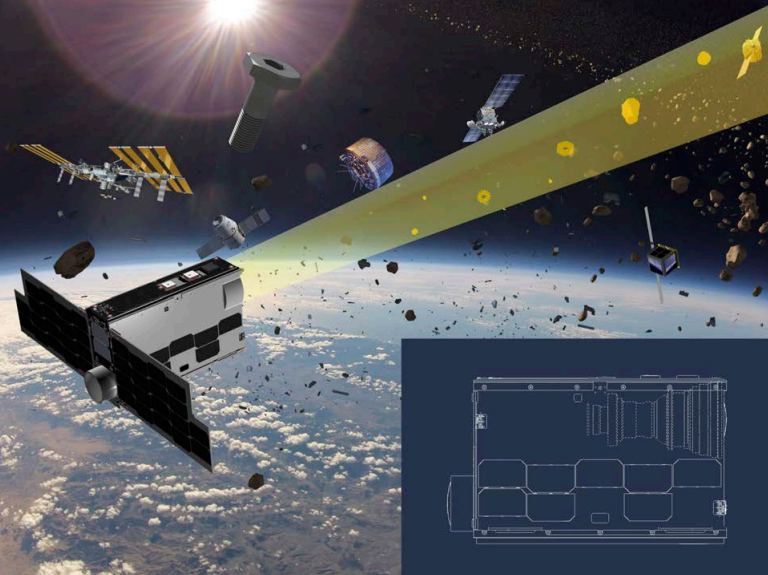
Project Phases and Funding
TransAstra is approaching the ambitious Sutter Ultra project with a three-step strategy to make the $400 million price tag more palatable to funding agencies. The first phase involves establishing a ground system as part of its NIAC Phase II project. The next step is the Sutter Alpha mission, which will utilize a CubeSat platform as a proof of concept. Following this, the Sutter Survey mission will deploy three spacecraft in low Earth orbit (LEO), each equipped with four telescopes.
Phased Approach
- Ground System Development: Initial phase involving the creation of a ground-based observational system.
- Sutter Alpha Mission: Utilizing a CubeSat platform to test the concept in space.
- Sutter Survey Mission: Deploying three spacecraft in LEO with four telescopes each.
This phased approach allows for incremental advancements and testing, ensuring that each step builds upon the success of the previous one. However, the timing for the full Sutter Ultra mission remains uncertain, and the ultimate goal of the original grant is still in jeopardy.
Future Prospects and Implications
Despite the uncertainties, TransAstra is at the forefront of developing sophisticated systems for surveying near-Earth asteroids. If successful, the Sutter Ultra project could uncover more NEAs than humanity has ever discovered, significantly advancing our understanding of these celestial bodies. The potential to discover 10 million asteroids annually would mark a monumental leap in space exploration and safety.
Economic Potential
The economic implications of such a discovery are profound. NEAs contain valuable resources, including metals and water, which could be harvested for use in space exploration and future space economies. The ability to identify and track these resources could transform them into valuable real estate for mining and resource extraction in space.
Planetary Defense
From a planetary defense perspective, improved NEA tracking would enhance our ability to predict and mitigate potential asteroid impacts. By identifying potentially hazardous asteroids early, we could develop strategies to divert them or minimize their impact on Earth. This capability is crucial for safeguarding our planet from future asteroid threats.
Tables
Table 1: Key Features of Sutter Ultra Project
| Feature | Description |
|---|---|
| Number of Spacecraft | 3 |
| Number of Telescopes | Over 100 per spacecraft |
| Orbit Type | Heliocentric pseudo geocentric distant retrograde orbit (PRO) |
| Detection Capability | 10 million asteroids annually |
| Estimated Project Cost | $400 million |
| Phased Approach | Ground system, CubeSat proof of concept, LEO deployment |
Table 2: Phases of Sutter Ultra Project
| Phase | Description | Timeline |
|---|---|---|
| Ground System Development | Establishment of a ground-based observational system | Ongoing |
| Sutter Alpha Mission | CubeSat platform proof of concept | Near Future |
| Sutter Survey Mission | Deployment of three spacecraft in LEO with four telescopes each | To Be Determined |
Conclusion
The Sutter Ultra project by TransAstra holds the potential to revolutionize our understanding of near-Earth asteroids and significantly enhance our ability to track space debris. With the ambitious goal of discovering 10 million asteroids annually, Sutter Ultra could transform both space exploration and planetary defense. Despite the challenges and uncertainties, the phased approach and innovative technology behind the project position it as a leading initiative in the quest to understand and utilize near-Earth asteroids.
Hashtags
#Asteroids, #NEA, #SutterUltra, #TransAstra, #SpaceExploration, #PlanetaryDefense, #SpaceDebris, #SpaceMining, #NASA, #SpaceEconomy

